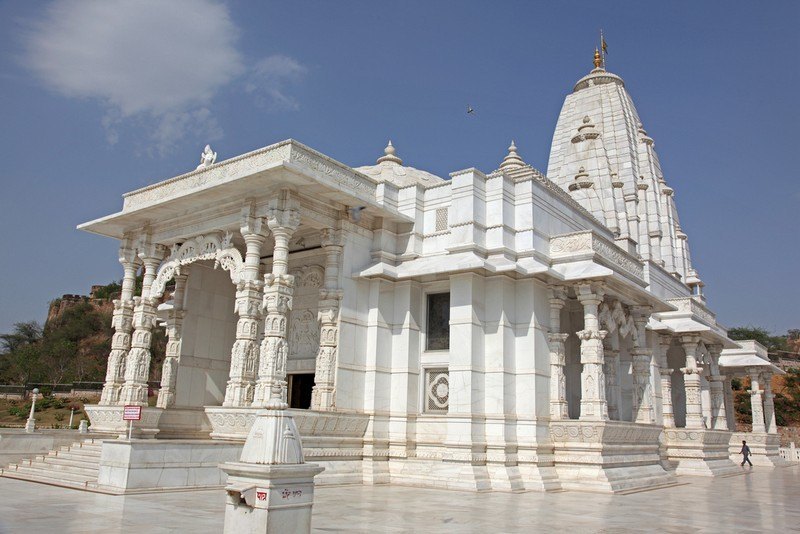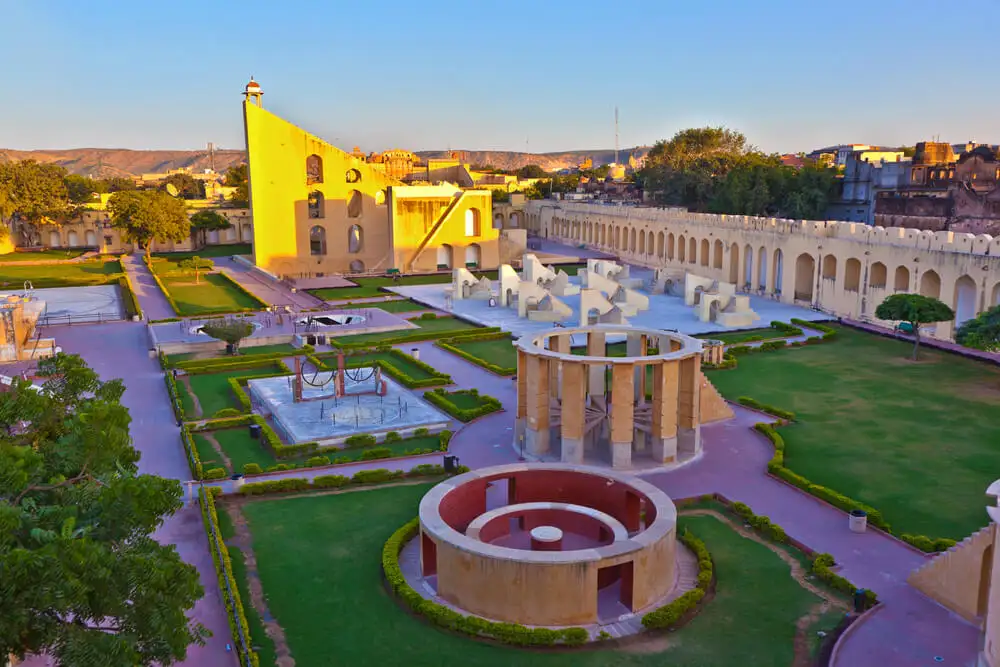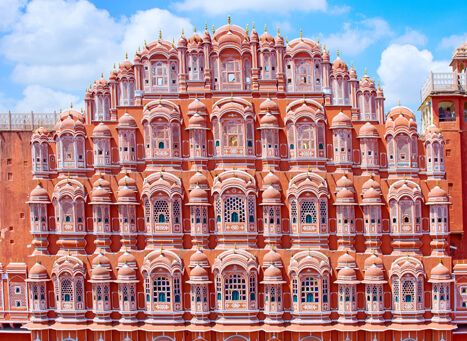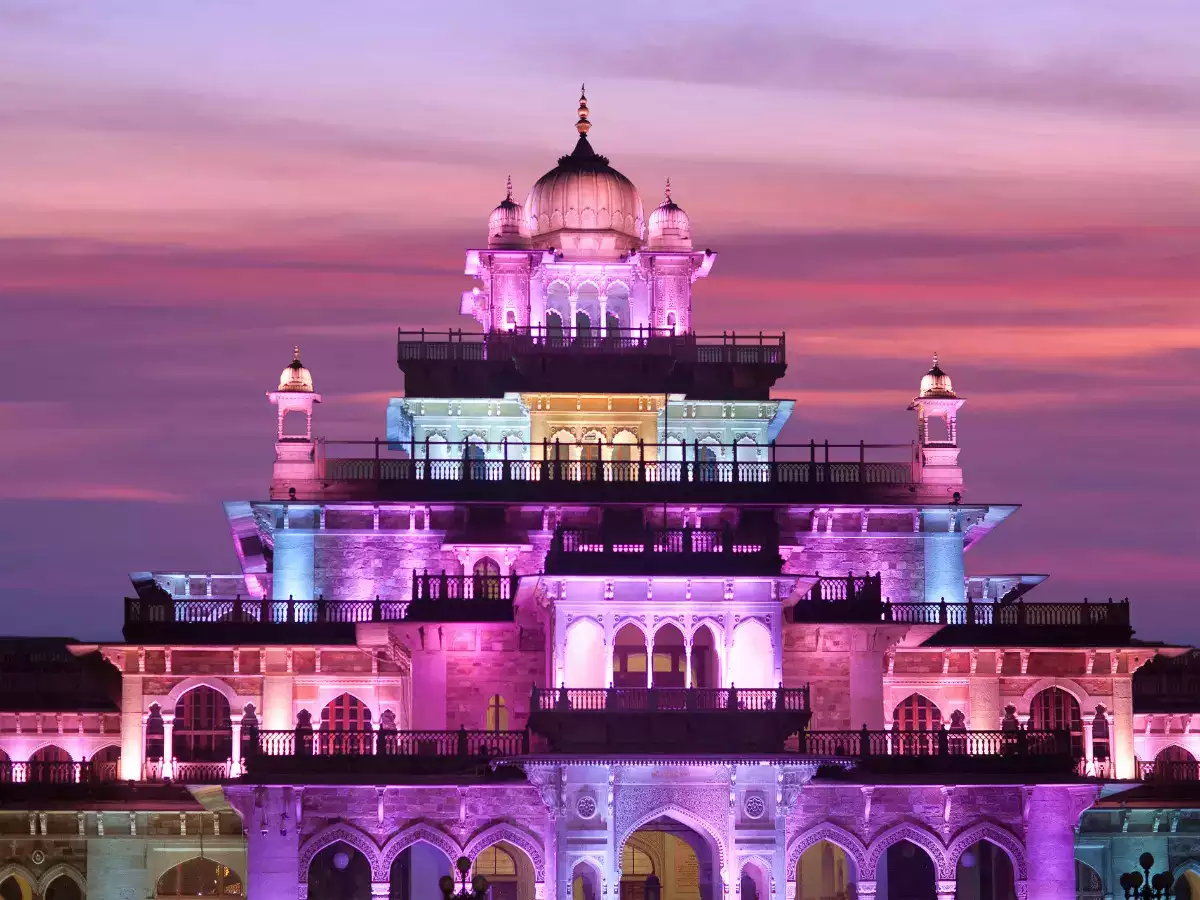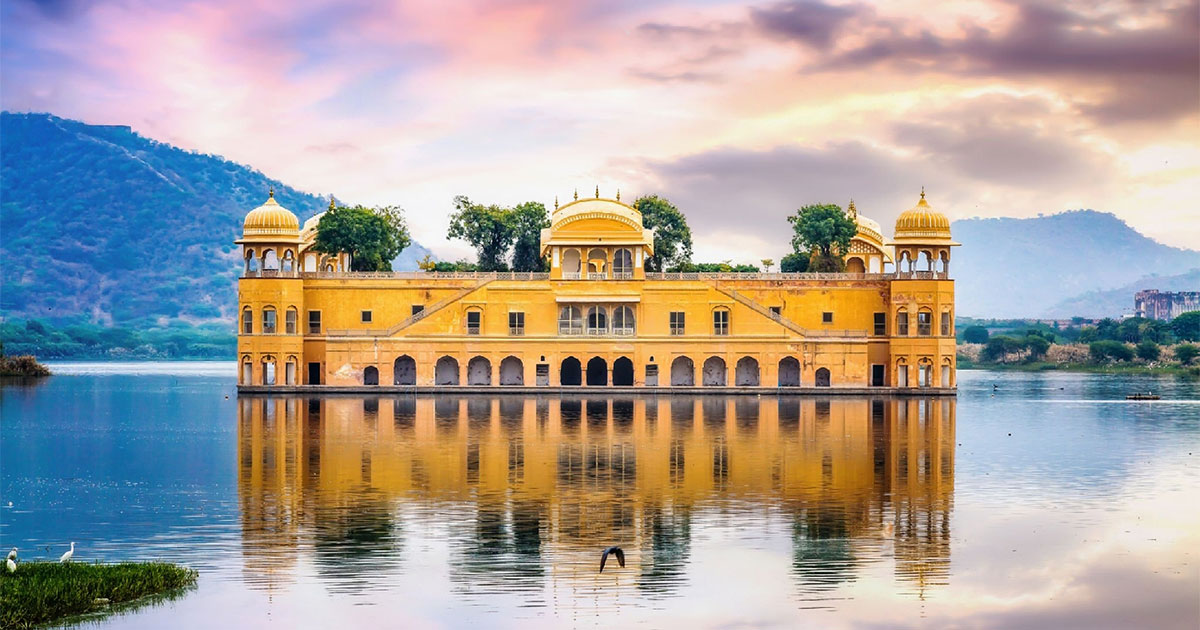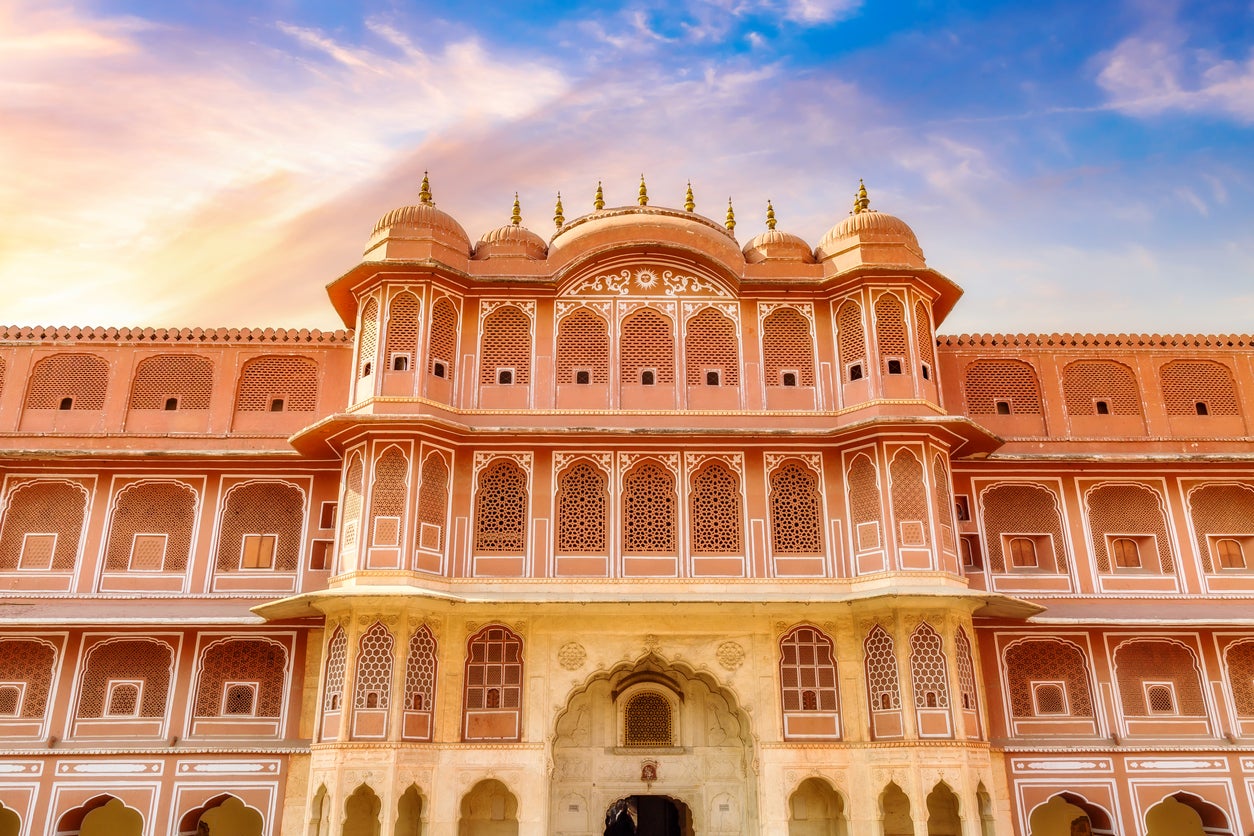
Daily Jaipur Pink City tours
Jaipur Pink City (tour No - 3)
Dep. Daily : 06.00 AM. Return (Same day): 11.00 PM.
Tour Code: TC 3:
By A/C Coach –A/C Tempo Traveller
Pick-up Point - RK Ashram Marg, Paharganj ,Karol Bagh
Itinerary Details
| Daily | Places of Visit | KM |
|---|---|---|
| . | . | . |
| Dep .06.00 A.M | Delhi to Jaipur | 274 Kms |
| Arr.11.30 A.M | Amber Fort | Dep.01.00 |
| Arr.01.15 | Jal Mahal and Lunch | Dep. 02.30 |
| Arr .03.00 | Jantar Mantar / City Palace | Dep.04.30 |
| Later | Hawa Mahal / Maharaja Palace | By Pass |
| Arr 04.45 | Shopping | Dep.05.30 |
| Arr 05.45 | Albert Hall /Birla Mandir | Dep.06:15 to Delhi |
| Arr 08.45 | Dinner at Bilaspur | Dep.09.30 |
| 1100.pm | Delhi Arrival | 274 Kms |
- Fare Include – Bus And Guide only
- Meals and Monuments Tickets not Included
- For this trip Seat Numbers are based on First come First Serve.
- Drop at Karol Bagh ,Paharganj,R K Ashram only
- Entry tickets of ASI Monuments at Delhi, Jaipur & Agra can book through their website In advance. We advise our travellers to take online tickets through
- website asimustsee.nic.in to save time & skip from the long Queue.


